Dungannon producer reaps the rewards of changes to dry cow care
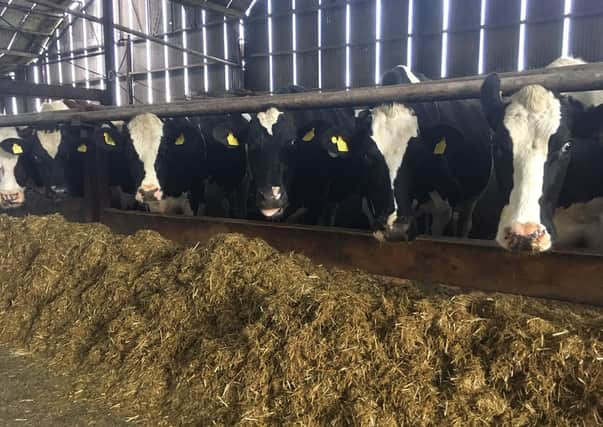

“We knew we could do better here,” says Stephen. “We’d already made several changes, not least was introducing a dedicated dry-cow ration in 2016. Prior to that we’d simply mix up more milking cow ration than was required and then fed this 5% surplus to the dry cows.
“But it wasn’t good enough – we were seeing cases of milk fever and retained cleansings. Introducing a separate dry-cow ration had helped, but there was more that I knew we had to do. We were still seeing retained cleansings – typically one in every 20 calvings.”
Advertisement
Advertisement
The high-yielding herd at Summerhill Farm calves 10 months of the year – from September to June – and is managed as two groups, split into highs and lows.
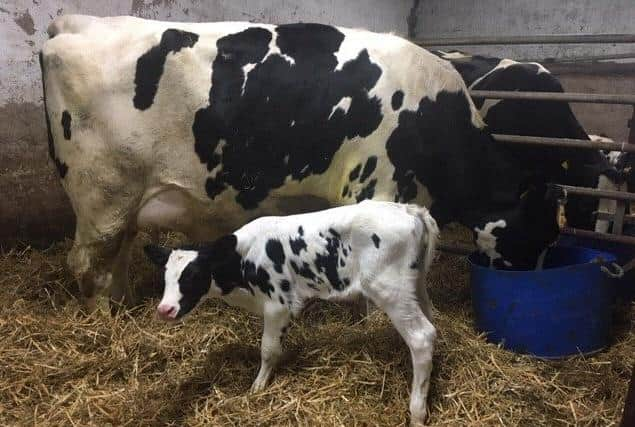

Stephen manages the herd with the help of two full-time staff, Adrian Sharkey and Stephen’s son-in-law Christopher Coote.
The herd, which is currently averaging 9,500 litres at 4.00% butterfat and 3.25% protein, is run on a 350-acre (141-hectare) unit near Dungannon. Milk is sold to Strathroy Dairies, in Omagh.
The high yielding group is housed, with lower yielders turned out in June. All cows are typically rehoused by the end of September.
Advertisement
Advertisement
Today the dry-cow ration comprises straw (3kg), a wheat/maize/soya hull blend (1.5kg), soya (1.5kg), and minerals, including magnesium chloride. This diet is fed with ad-lib grass silage on top and, for the three weeks prior to calving, Stephen adds the feed product LiFT® to the close-up dry cow ration, at a rate of 75g per cow per day.
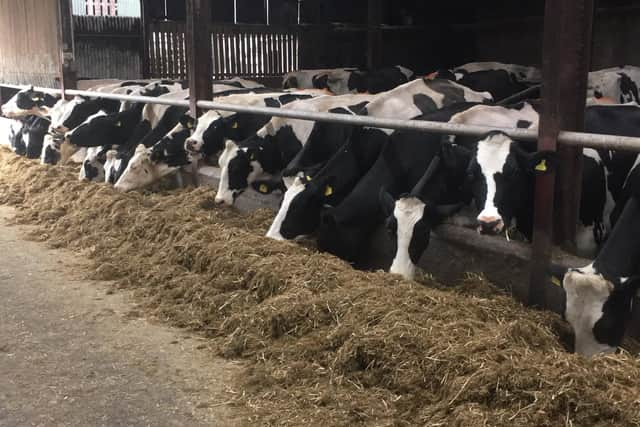

He’s been including this supplement as part of the close-up dry cow ration for the past two years, in a bid to prevent health issues at and around calving, and to ensure a smooth transition to the milking herd.
LiFT® is particularly targeted at improving liver function. Developed by Cargill Animal Nutrition and Health, it is a unique combination of vitamins and essential cofactors designed to prime the liver and improve the organ’s efficiency, so it is better able to metabolise free fatty acids and decrease the production of ketones, which are the toxic products, and transport fat from the liver, so supplying more energy to the udder.
It can be fed in the close-up period and in early lactation to prime the liver for better energy management leading to good performance throughout the lactation.
Advertisement
Advertisement
Cargill nutritionist Gordon Richardson recommended adding it to Summerhill’s dry-cow ration. “Stephen’s herd fits the ideal scenario for LiFT to really make a difference to cow performance,” he says. “Some of his cows tend to be a little over conditioned as they approach calving and this is specifically where the product comes into its own. It helps her to mobilise her energy reserves, or body fat, at and around calving,
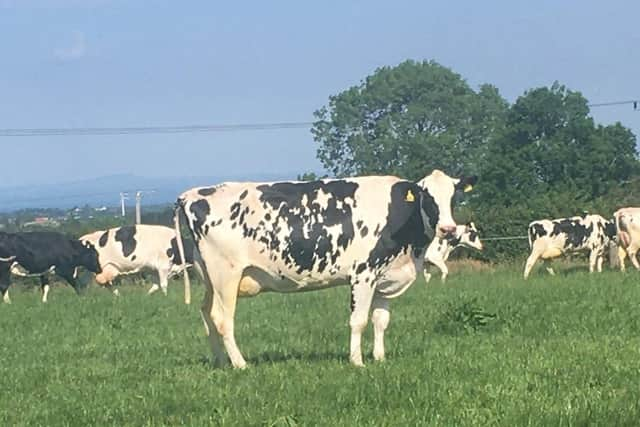

“It’s relatively easy for these herds, with slightly over conditioned dry cows, to see a difference in cow health and performance,” he adds.
“Producers with dry cows that fall into this category will see a return on their investment. The product will make a considerable difference, in terms of cow health, at and around calving and into early lactation.”
Stephen had tried using boluses to support liver function and help reduce the incidence of ketosis – the underlying cause of production diseases including retained cleansings.
Advertisement
Advertisement
“But these were relatively expensive, certainly compared to LiFT®, and also pretty labour intensive. Bolusing dry cows isn’t an easy job,” says Gordon.
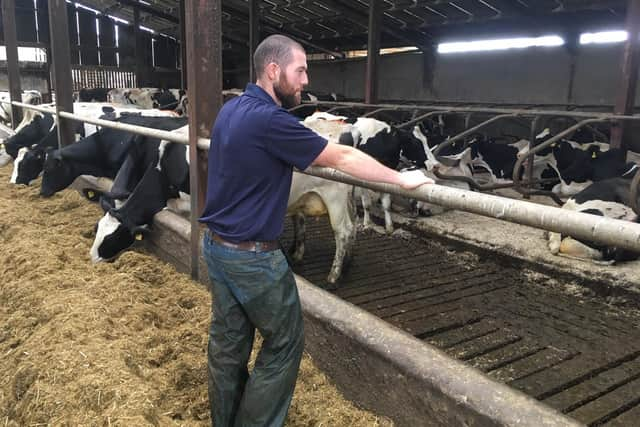

“At about £30 per head, I just didn’t think we were seeing a benefit – financial or otherwise,” adds Stephen.
“We just add it to the dry-cow ration in the final three or four weeks of the dry period.”
“And, at 18p per cow per day, it’s also considerably less expensive. Feeding for 21 days costs just £3.78 per cow,” explains Gordon. This cost is rapidly recouped in additional litres at the start of lactation. “And is nothing compared to the cost and labour when dealing with sick cows at and around calving.
Advertisement
Advertisement
“Cows are in better shape overall and their performance is better – in terms of their health, fertility and milk production,” adds Stephen, who is about to start milking the herd three times a day through a 20:20 Westfalia parlour.
Stephen uses Genus RMS to manage herd breeding. Sexed semen is used on the top end of the herd – Stephen genomically tests all his females to ensure that he only breeds replacement from his best cattle – to produce 70 heifer calves a year. The rest of the herd is put to a beef sire – either Limousin, Belgian Blue or Aberdeen Angus. All calves are reared at the unit. Dairy heifers as replacements, which calve at 25 months old, and the rest as finished beef cattle.
“In the past year we’ve seen just one retained cleansing in 50 cows and saw just one LDA in the 200-cow herd during the past year,” says Stephen. “They calve better, start their lactation well and continue on that trajectory. It’s rare to see a cow back in the calving pen once she’s left and joined the milking herd. And that’s satisfying in itself. We’re managing our dry and transition cows much better.”
These improvements in dry cow and transition performance is encouraging Stephen to push the cows a bit harder now.
Advertisement
Advertisement
“They’re more robust and start their lactation in a stronger position, and we’ve moved to three-times-a-day milking, and got several cows giving more than 50 litres a day.”
Stephen is considering tweaking the diet a bit further and he’d like to feed LiFT® for two or three weeks post calving, so impressed is he with the results he’s seen. “But it’s just not practical for us to run a fresh calved group at the moment. We don’t have the space or the facilities to run a third group. But it is something that I’d like to look into. I think it would give fresh cows an additional boost, particularly if the benefits of adding it to close up dry cow rations are any indication to go by.”